Are you ready to change the way that software is developed? Here's to an in-depth exploration of behavior-driven development (BDD)! We'll look at how BDD may improve stakeholder and team cooperation, expedite processes, and increase software quality in this blog. Using BDD for better, faster, and more dependable software development can be achieved by following this guide, which will help you grasp the fundamentals as well as more complex techniques. Let's get going and change the way you create software!
📌 Understanding Behavior-Driven Development: From its role in software quality to its core process and key advantages
📌 Tools, Frameworks, and Best Practices: Essential tools and frameworks, along with best practices for effective BDD implementation
📌 BDD in Context: Its application in agile development and adaptation to different testing levels
📌 Addressing Challenges and Misconceptions: Overcoming common challenges and dispelling myths about BDD
📌 BDD vs. TDD and Limitations: Comparing Behavior-Driven Development with Test-Driven Development and understanding BDD's limitations
What is Behavior-Driven Development?
A software development methodology called Behavior-Driven Development (BDD) improves communication between developers, testers, and business stakeholders. It builds upon Test-Driven Development (TDD) by emphasizing how an application behaves from the viewpoint of its users. BDD uses concrete examples and common language to make sure every team member is aware of the requirements. Liz Keogh, a prominent figure in the BDD community, has contributed significantly to the advancement and adoption of Behavior-Driven Development practices and fosters collaboration between technical teams and business stakeholders.
The Importance of Behavior-Driven Development in software quality
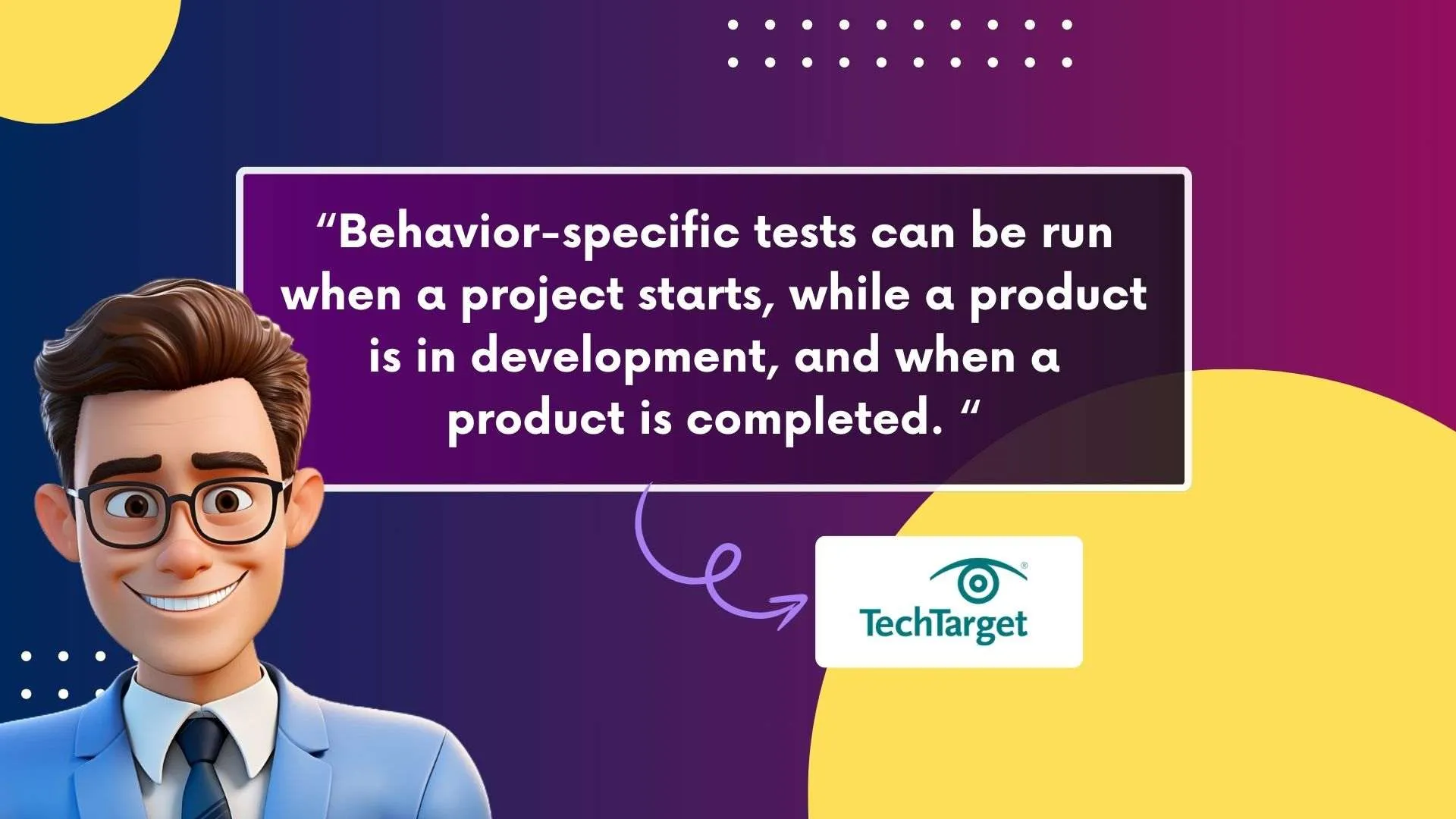
- Enhances Communication: BDD employs simple language that facilitates mutual understanding and cooperation between developers, testers, and stakeholders and business analysts. 📢
- Aligns Development with Business Objectives: BDD makes sure that the product satisfies business objectives by concentrating on user behavior and meeting the expectations of business users. 🎯
- Improving Software Quality: Well-defined, verifiable executable specifications minimize errors and raise the general dependability of the program.🛠️
- Encourages Early Defect Detection: Clearly defining behaviors at the outset aids in the early detection of problems during development.🐛
- Promotes Agile Development: Behaviour-Driven Development improves adaptability and responsiveness to changes by integrating smoothly into agile methodologies, which rely on cross-functional teams for rapid iteration and continuous feedback. 🚀
- Uses Robust Tools and Frameworks: To expedite testing and development, make use of BDD powerful tools such as SpecFlow, Cucumber, and others. 🔧
Process of Behavior-Driven Development
A structured method is used in the Behavior-Driven Development (BDD) process to guarantee quality, clarity, collaboration across the software development lifecycle, and collaboration between developers:
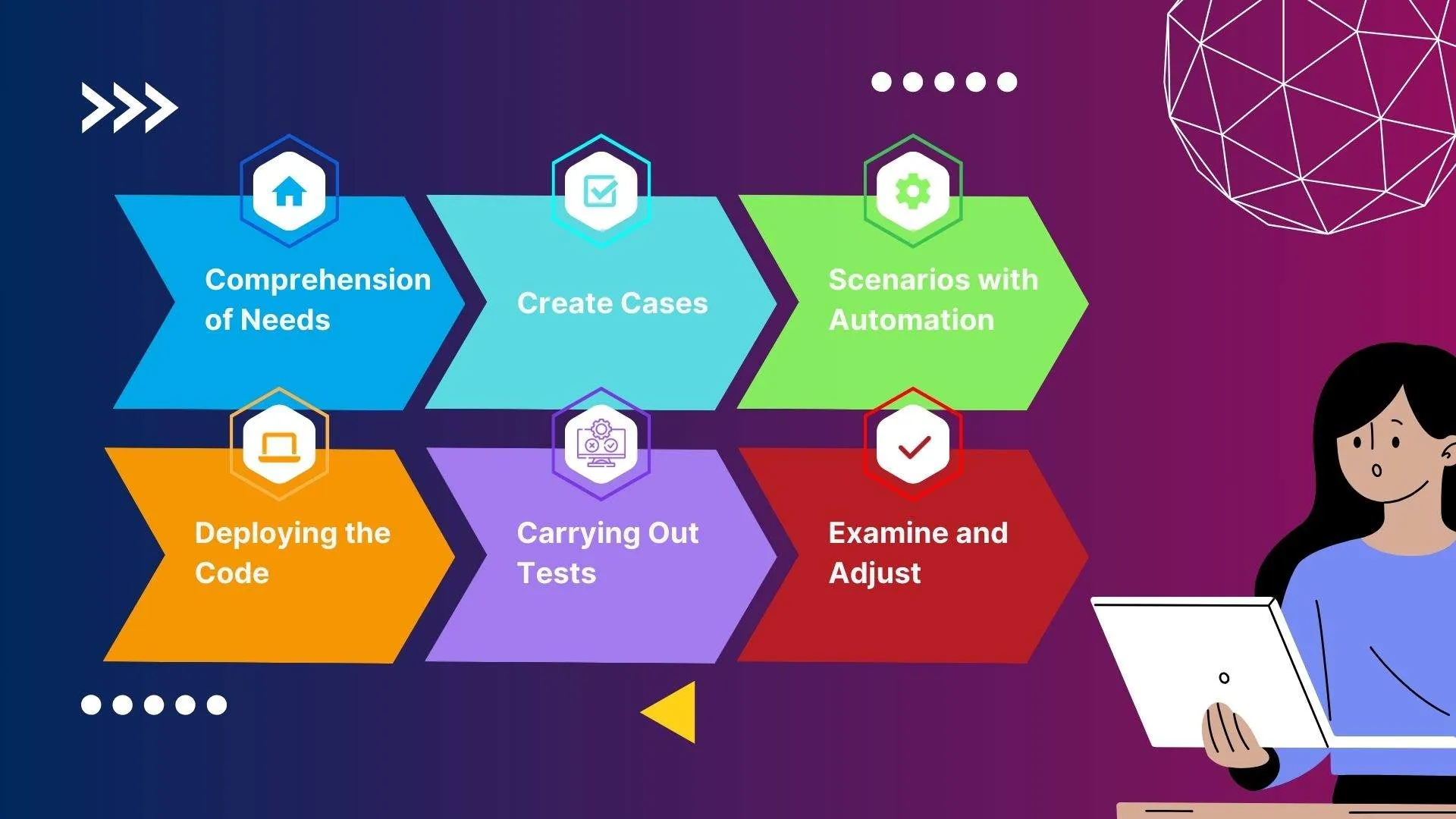
- Comprehension of Needs : 📝 The first step in the procedure is to comprehend and specify the intended software behaviors from the user's point of view. To explain requirements, developers, testers, and stakeholders must work together.
- Create Cases : ♫️ Scenarios are written in a Given-When-Then manner once requirements are clear. These scenarios are written in simple terms so that all team members may comprehend certain program behaviors.
- Scenarios with Automation : 🤖 After that, scenarios are automated with BDD frameworks such as SpecFlow or Cucumber. This automation ensures repeatable execution scenarios may be run frequently to verify the software's behavior.
- Deploying the Code : 💻 The code is subsequently put into practice by developers to pass the scenarios. To carry out the anticipated behaviors outlined in the scenarios, they build code.
- Carrying Out Tests : 🚀 Tests are run after code is implemented to ensure that the program operates as anticipated in accordance with the specified scenarios.
- Examine and Adjust : 🔍 The team then evaluates the test findings, makes any necessary code refactorings for code quality, and updates the scenarios to take into account any modifications to the requirements or behavior.
Teams may make sure that software development stays focused on providing value to consumers while upholding high standards of quality and cooperation by adhering to this procedure.
Advantages of Behavior-Driven Development
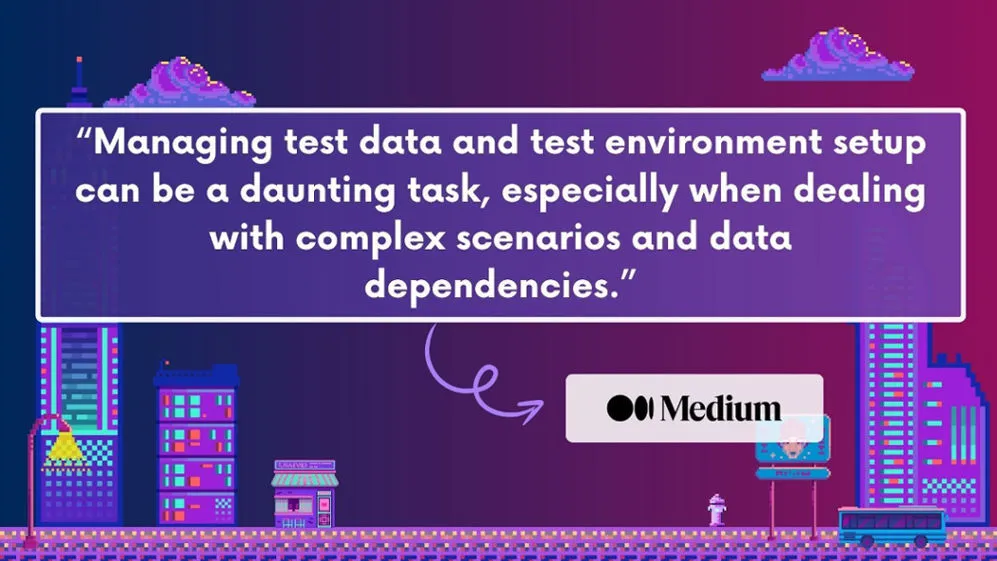
- Better Cooperation: BDD makes sure that everyone, including stakeholders and developers, is aware of the objectives and needs by employing scenarios written in simple language.
- Explicit Conditions: You receive measurable, crystal-clear needs when you use BDD. This lessens miscommunication and guarantees that the finished work satisfies corporate requirements.
- Enhanced program Quality: BDD helps catch defects early and increases the overall reliability of your program by focusing on behavior and employing automated tests. BDD frameworks help maintain stable execution of automated tests over time.
- Early Error Identification: By defining behaviors up front, you can save time and resources by spotting and fixing bugs early in the development cycle.
- Seamless Agile Integration: BDD and agile approaches go hand in hand, increasing the flexibility and responsiveness of your development process.
- Effective Testing: The testing process is streamlined and made faster and more effective by using BDD tools like Cucumber, SpecFlow, and others.
- Approach Focused on the User: BDD makes sure that development is always in line with user behaviors and demands, which leads to a product that really lives up to user expectations.
- Documentation: BDD scenarios serve as unambiguous documentation and a living, easily maintainable record of system behavior.
By using simple language, BDD reduces communication gaps between technical and non-technical team members. Adopt BDD to improve teamwork, revolutionize your development process, and produce high-caliber software that satisfies user and business requirements. Scenarios in BDD are crafted using real-world examples to represent actual user behaviors.
Behavior-Driven Development tools and frameworks
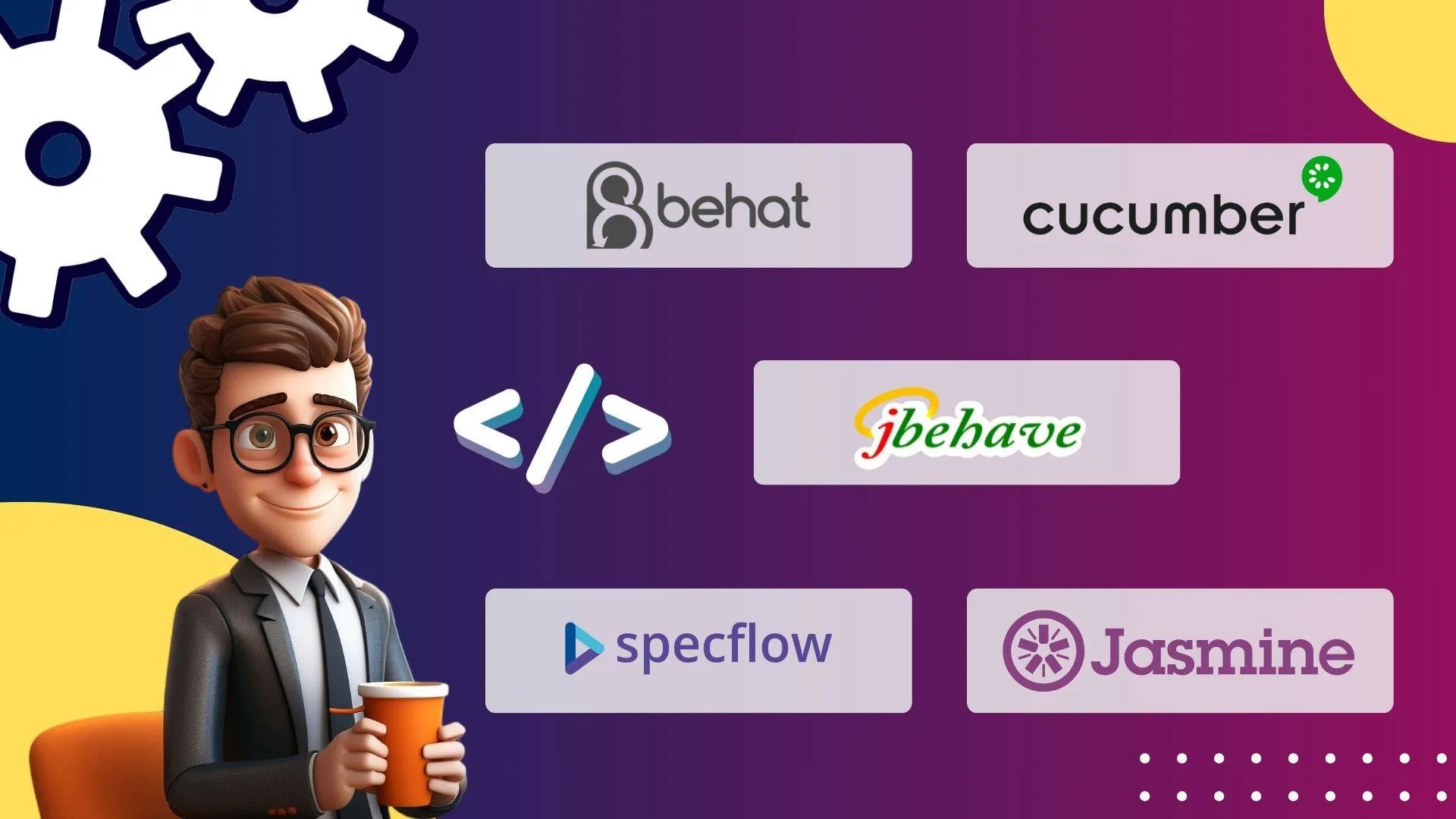
Are you prepared to explore the world of Behavior-Driven Development (BDD) frameworks and tools? The initial setup of BDD tools can be resource intensive, often requiring significant technical resources. Here's a quick summary of some of the top ones available:
- Cucumber: One of the most widely used BDD tools and comprehensive testing platform is cucumber (Cucumber BDD Automation Testing) and Feature files are used with BDD tools. It allows you to use the Gherkin syntax to write scenarios in simple English. It's ideal for developing intelligible tests that all members of your team can complete.
- SpecFlow: SpecFlow is your go-to BDD tool if you deal with.NET. It allows you to develop, manage, and run human-readable acceptance tests in.NET projects with seamless integration with Visual Studio.
- JBehave: JBehave is a BDD framework that runs on Java. It works well for people who want to write stories in a simple, narrative manner and prefer Java.
- Behave: This one's for you, Python coders! Behave is a BDD framework for Python that increases the robustness of your Python applications by enabling you to define tests in simple terms and quickly run them.
- Jasmine: A ScriptsCross-browser testing framework for behavior-driven development used to test JavaScript code is called Jasmine. Front-end developers love it because of its user-friendly design, which makes it simple to use.
- Behat: Cucumber served as the model for the PHP framework Behat. It is designed specifically for PHP developers for scalable web testing, empowering them to create legible and functional documentation.
- Gherkin: It is a Domain Specific Language used by BDD tools, such as Cucumber and SpecFlow. It describes the application's behavior in plain text using easy-to-understand grammar. Gherkin syntax helps in the matching of clauses for clear scenario definitions and provides a common language for engineers and business analysts and serves as the input language for BDD tools.
You may design concise, cooperative, automated tests that improve the efficiency of your software development process and increase its dependability by using these tools and frameworks. Select your preferred option and begin utilizing BDD in your projects!
Challenges of applying Behavior-Driven Development in Software Testing
Although putting Behavior-Driven Development (BDD) into practice can be quite beneficial, there are drawbacks as well. Here are a few that you may encounter:
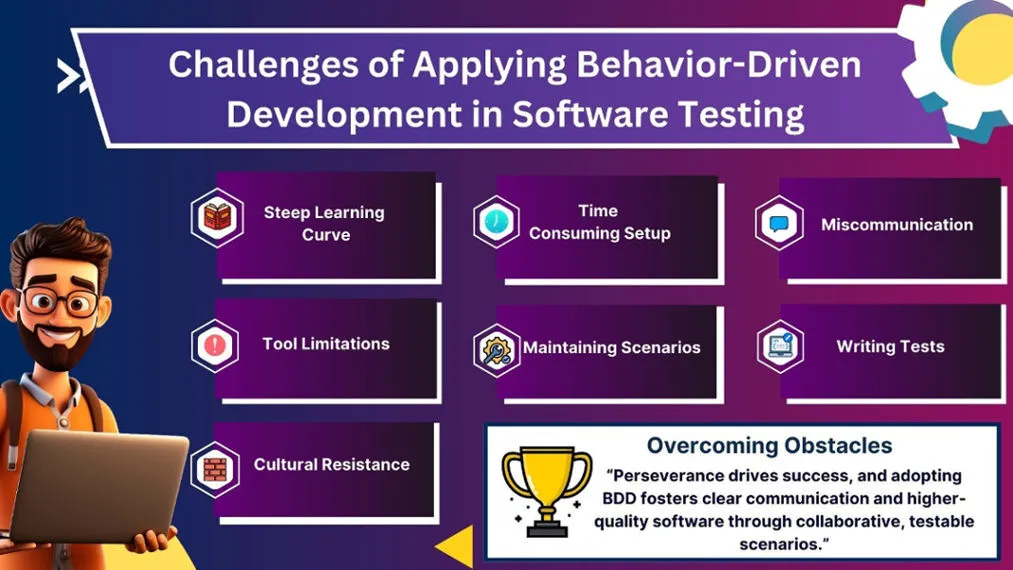
- Steep Learning Curve: 📚
- Getting everyone on board with BDD can take time.
- Software developers, testers, and stakeholders need to learn how to write and interpret Gherkin scenarios.
- Time-Consuming Setup: ⏱️
- Initial setup of BDD tools and frameworks like Cucumber or SpecFlow can be resource intensive.
- Writing detailed scenarios and automating them takes effort and patience.
- Maintaining Scenarios: 🔄
- As your project grows, keeping scenarios up-to-date can become a challenge.
- Changes in requirements mean updating multiple scenarios, which can be tedious.
- Miscommunication: 🗣️
- Despite using plain language, miscommunication can still happen.
- Scenarios might be interpreted differently by different team members, leading to inconsistencies.
- Overhead in Writing Tests: 📝
- Writing scenarios and automating them adds extra steps compared to traditional testing.
- It can feel like an overhead, especially in fast-paced projects.
- Tool Limitations: 🛠️
- Not all tools and frameworks perfectly fit every project.
- Integration issues with existing systems can be a hurdle.
- Cultural Resistance: 🧱
- Teams used to traditional development methods might resist the shift to BDD.
- Changing the mindset to focus on behavior rather than the underlying plumbing code.
To overcome these obstacles, one needs perseverance, commitment, and maybe some trial and error. The advantages of BDD, however, such as enhanced software quality by following an iterative process, continuously refining scenarios and improving better communication, and greater alignment with business objectives, make it all worthwhile once you get past them.
Behavior-Driven Development In agile development

Agile development and behavior-driven development (BDD) go hand in hand, improving teamwork and guaranteeing that software fulfills user requirements. BDD's emphasis on precise, behavior-driven scenarios outlines is a wonderful fit with agile concepts in workplaces that value quick iterations and ongoing feedback. BDD ensures that all parties understand the requirements by encouraging improved communication between developers, testers, and stakeholders through the use of simple language while developing scenarios. Business Teams can more easily adjust to changes and keep a common understanding of the project's objectives when there is clarity. Furthermore, BDD's automated tests complement agile's focus on producing high-quality software rapidly, which makes it a perfect strategy for agile teams striving for perfection. BDD integrates well with different stages of the Software Testing Life Cycle (STLC), including unit testing, integration testing, system testing, and acceptance testing.
Behavior-Driven Development adapted to different testing levels

👉 Focus on testing individual components or functions.
👉 Write BDD scenarios that describe the expected behavior of these small units.
👉 Use frameworks like Jasmine for JavaScript or Behave for Python to automate these tests.

👉 Test the interactions between different modules or services.
👉 Create BDD scenarios that cover the integration points and data flow between components.
👉 Tools like SpecFlow offer extra functionalities to enhance BDD implementation for .NET or Cucumber for Java help automate these integration scenarios.
System Testing:

👉 Validate the complete and integrated software system.
👉 Write comprehensive BDD scenarios that reflect real-world usage of the system.
👉 Use frameworks like JBehave for Java or Behat for PHP to run these end-to-end tests.
Acceptance Testing :
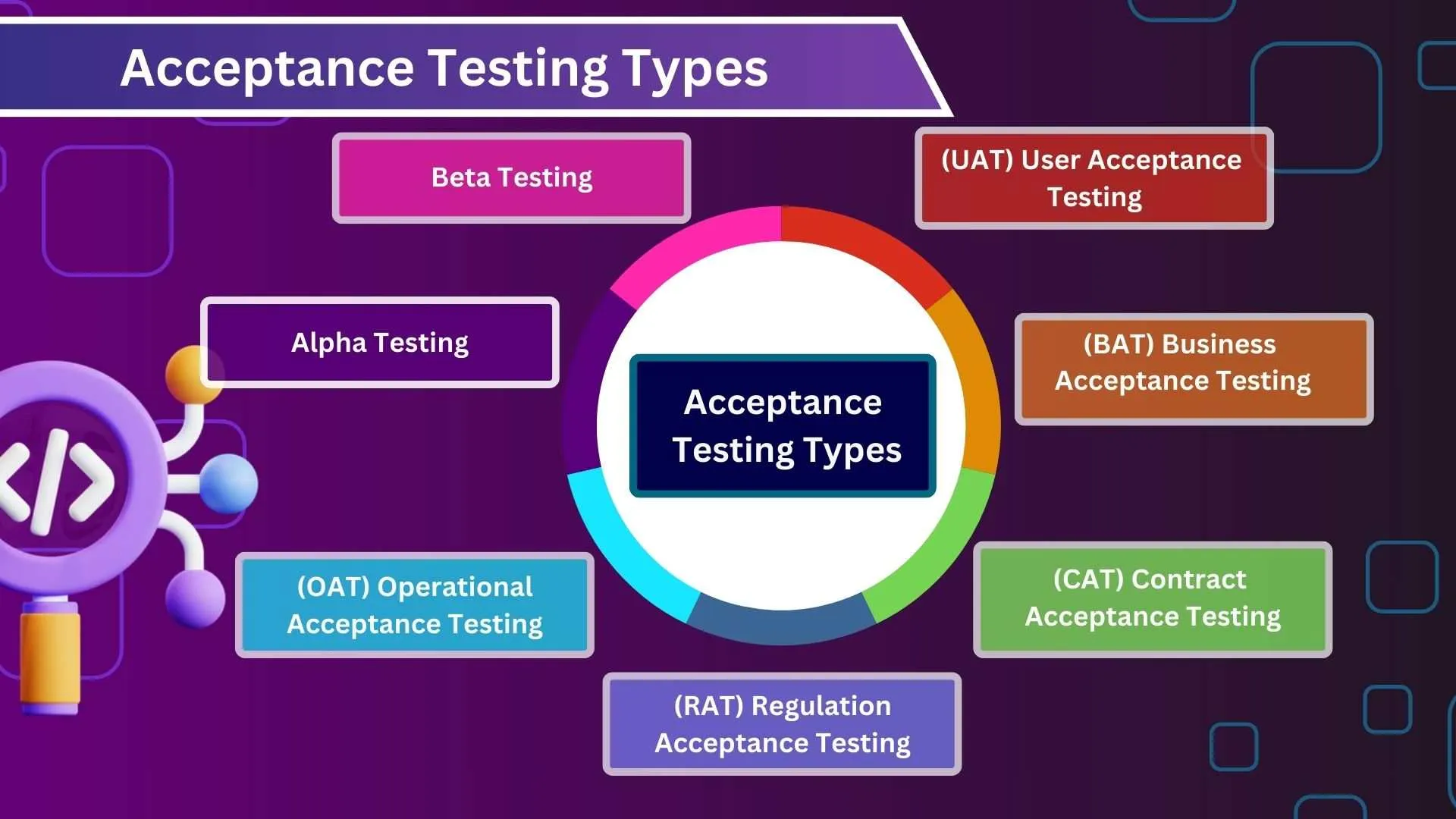
👉Make sure the program satisfies user and corporate demands.
👉 Work together with stakeholders to draft BDD scenarios that include acceptance standards.
👉 To make sure the program complies with business objectives, automate these scenarios with tools like SpecFlow or Cucumber.
Regression Testing:
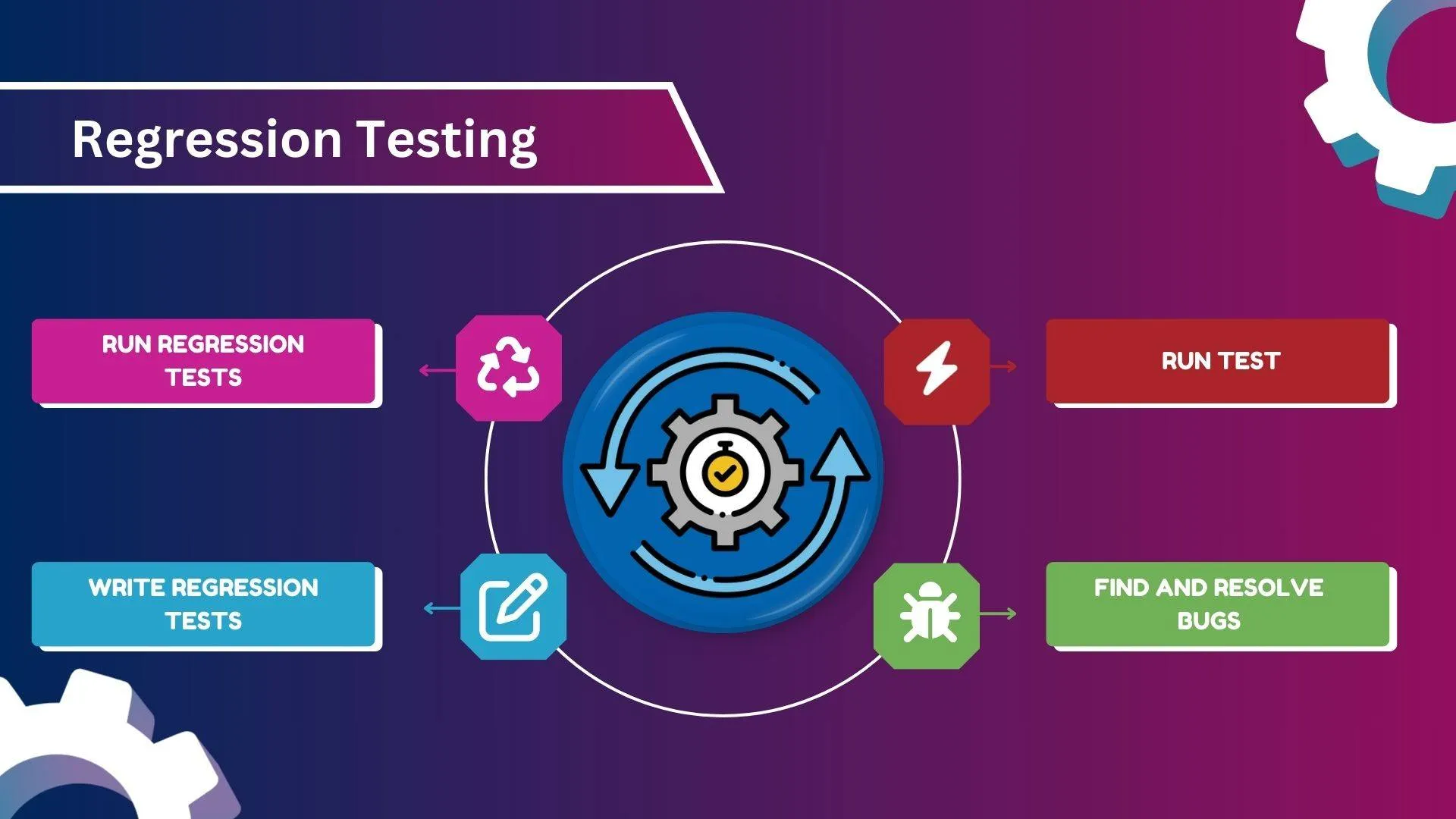
👉 Verify that new changes haven’t broken existing functionality.
👉 Use BDD scenarios to create a robust suite of regression tests and drive programming language constructs.
👉 Regularly run these automated tests to catch any issues introduced by new code.
By adapting BDD to these different testing levels, you ensure thorough coverage and maintain high software quality throughout the development process.
Best practices Behavior-Driven Development
In order to maximize the benefits and ensure a seamless deployment of behavior-driven development (BDD), there are a few essential best practices that must be followed. Here are some pointers to remember:

- Collaborate First: From the outset, include developers, testers, and stakeholders. Since BDD is all about communication, while defining behaviors and creating scenarios, make sure everyone is in agreement.
- Maintain Simplicity: Write situations in easily understood language for everyone to read. Steer clear of technical jargon and concentrate on providing succinct, straightforward Given-When-Then descriptions of expected behaviors.
- Put Behavior First: Make sure that scenarios explain what the system ought to accomplish from the viewpoint of the user, not how it ought to accomplish it. This maintains testing in line with corporate objectives and user needs.
- Automate Frequently and Early: As soon as your BDD scenarios are written, start automating them. Utilize tools such as Behave, SpecFlow, or Cucumber to convert scenarios into automated tests that can be performed on a regular basis.
- Maintain Scenarios: As needs change, make sure your scenarios are current. Make sure they are accurate and relevant by reviewing and refining them on a regular basis.
- Put Readability First: Create scenarios that are simple to read and comprehend. This facilitates evaluation and contribution from all team members and keeps everyone on the same page regarding the project.
- Integrate with CI/CD: Include BDD tests in your pipelines for continuous deployment and continuous integration. This guarantees regular testing, which helps to identify problems early and maintains the product in a release-ready form.
- Employ Realistic Data: For your scenarios, use data that closely matches production data. This makes it possible to guarantee that tests faithfully capture edge cases and real-world use cases.
- Evaluate and Improve: Continually assess your BDD procedure and scenarios. To keep the procedure successful and efficient, get input from the team and make any adjustments.
You can make sure that BDD enhances software quality, alignment, and communication in your development projects by adhering to these best practices. Cheers to your testing!
Common misconceptions about Behavior-Driven Development

Let's clarify some myths surrounding behavior-driven development (BDD) that may be preventing you from moving forward:
Just another approach to writing tests is what BDD is: Writing tests is a part of BDD, but cooperation and communication are far more important. Before any code is written, it helps ensure that everyone is aware of what the software should be able to do.
Only testers should use BDD : The entire team developers, testers, and stakeholders should use BDD. It involves cooperating to specify behaviors and develop a common knowledge of the project.
BDD requires special tools : While BDD is made easier by tools such as Cucumber, SpecFlow, and Behave, the fundamental concept of BDD can be used independently of these tools. It mostly comes down to attitude and method.
BDD is too time-consuming : Although creating thorough scenarios requires time up front, it ultimately saves time by lowering miscommunication, identifying problems early, and enhancing software quality.
BDD replaces unit testing :BDD enhances unit testing, not replaces it. Together, unit tests and BDD scenarios provide a more comprehensive testing approach, each with a distinct purpose.
Only agile teams can use BDD : Regardless of their development methodology, any team can gain from the clarity and collaboration that BDD brings, even though it fits in perfectly with agile development.
BDD is only for large projects : BDD is adaptable to any size project. The organized testing procedures and communication that BDD encourages can help even small teams and projects.
Difference between Test-Driven Development and Behavior-Driven Development
Limitations of Behavior-Driven Development

Although behavior-driven development, or BDD, has many advantages, it is not without drawbacks. BDD implementation can take a while, especially in the beginning, since it takes a lot of work to write detailed scenarios and automate them.
For the product team and project team unfamiliar with BDD, there is also a learning curve that can impede initial progress. As projects develop, keeping up-to-date scenarios can become difficult. Furthermore, BDD's reliance on scenarios written in simple language can occasionally result in misunderstandings if they are not explained clearly. Additionally, integrating an open-source BDD testing framework into your existing testing strategy and ensuring compatibility with various testing types can be challenging. Notwithstanding these difficulties, the benefits frequently exceed the disadvantages, which makes BDD a useful strategy for a lot of development teams.
Wrapping up!
Behavior-Driven Development (BDD) revolutionizes software development by enhancing communication, aligning development with business objectives, and improving software quality. Through collaborative scenarios, robust tools, and a user-focused approach, BDD ensures that all stakeholders are on the same page, leading to early defect detection and more reliable software.
While it has challenges, the benefits of BDD, such as better teamwork and higher software quality, make it a powerful methodology for development teams of all sizes. Embrace BDD to streamline your development process, produce high-caliber software, and meet user expectations effectively.
People also asked
👉🏻 Does Behavior-Driven Development replace unit testing or other testing practices?
Behavior-Driven Development (BDD) does not replace unit testing or other testing practices but complements them by providing a structured format for defining software features using natural language syntax.
👉🏻 How does Behavior-Driven Development promote early defect detection?
BDD promotes early defect detection in a software development project by involving non-technical stakeholders in the creation of software scenarios during brainstorming sessions, ensuring functional specifications are clear and testable.
👉🏻 Does Behavior-Driven Development replace unit testing or other testing practices?
Behavior-Driven Development does not replace unit testing or other testing practices but integrates with automated testing and manual regression testing to enhance overall test coverage.
👉🏻 How does Behavior-Driven Development improve communication between developers and stakeholders?
BDD improves communication between developers and stakeholders by using natural language and scenario outlines to define software features, facilitating effective communication and collaboration among developers and non-technical stakeholders.
👉🏻 Is Behavior-Driven Development suitable for all types of software projects?
While Behavior-Driven Development is highly effective in promoting collaboration and exploratory testing in Agile projects, it may not be suitable for all types of software projects due to its reliance on natural language syntax and the need for close collaboration in testing.





%201.webp)

